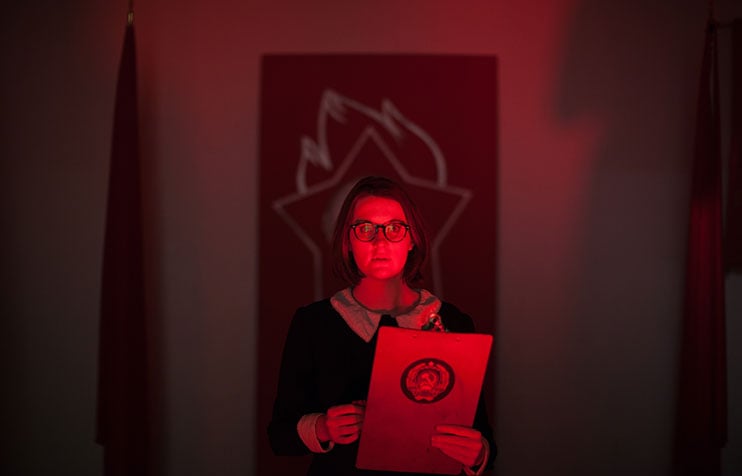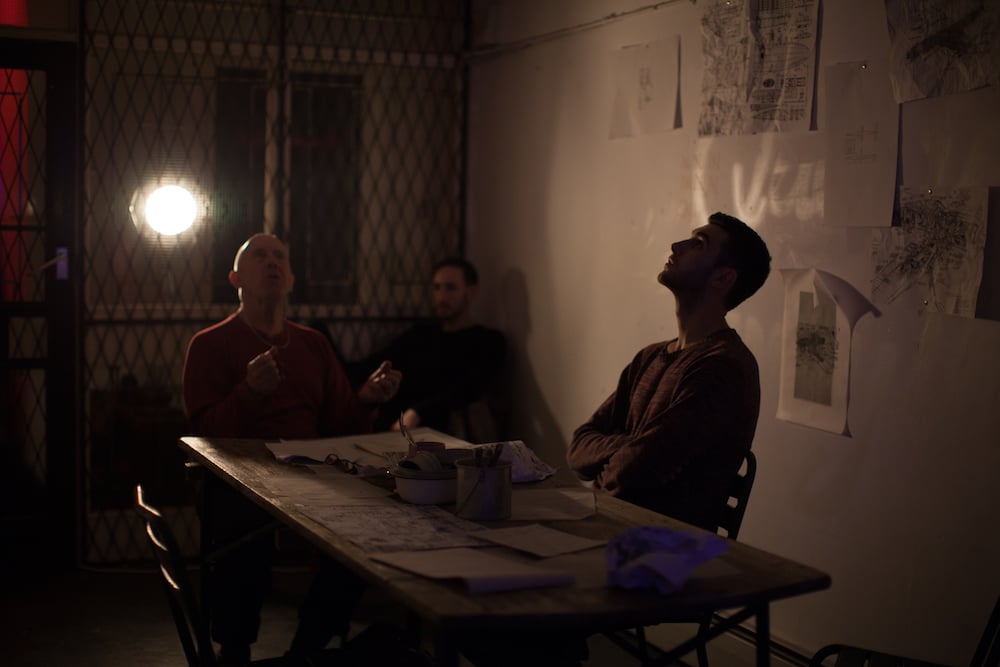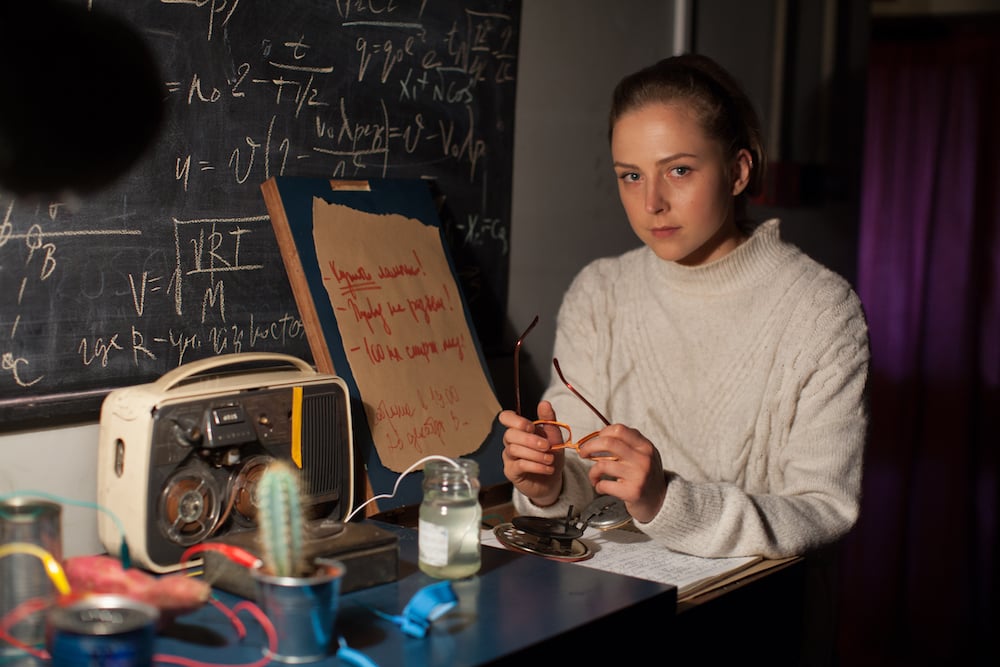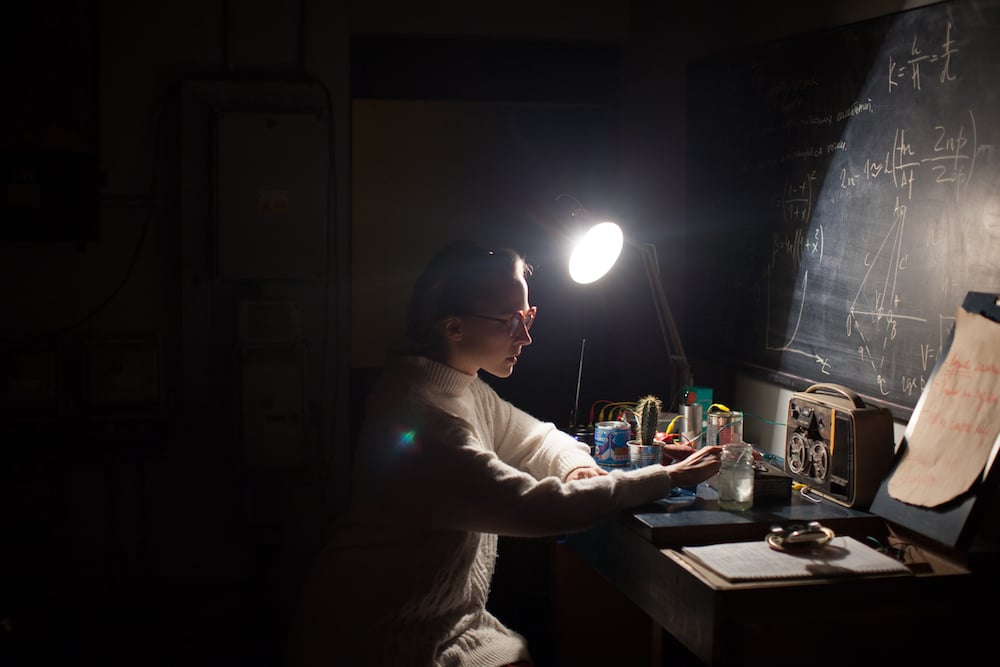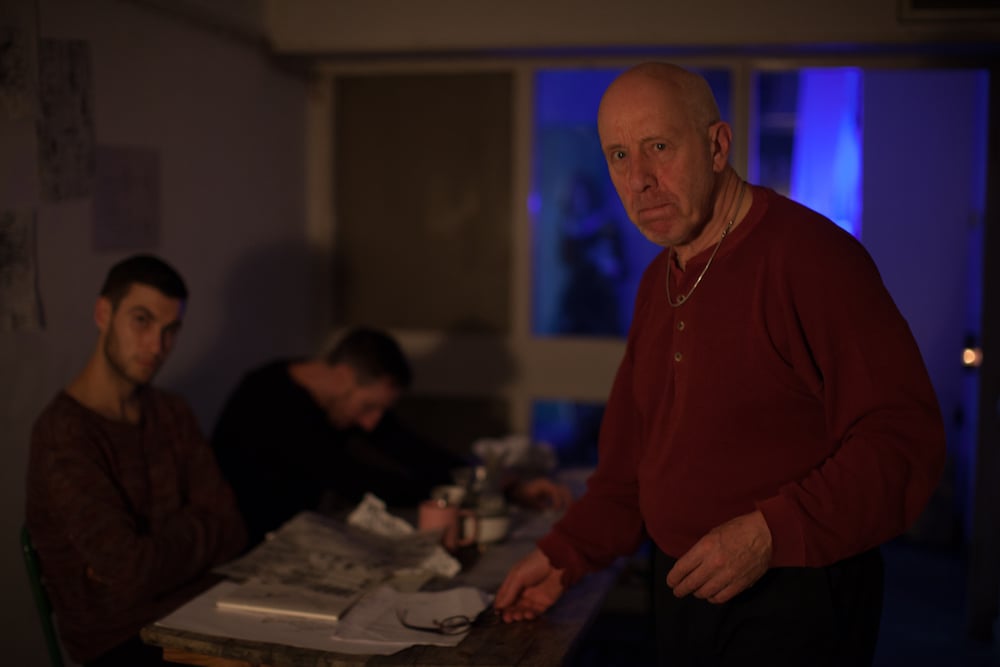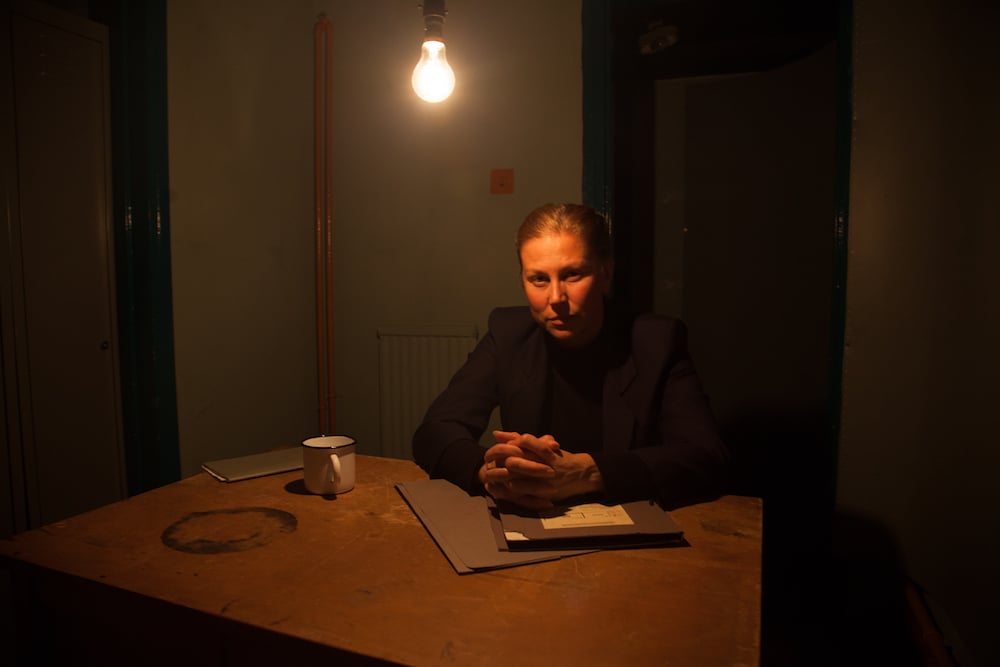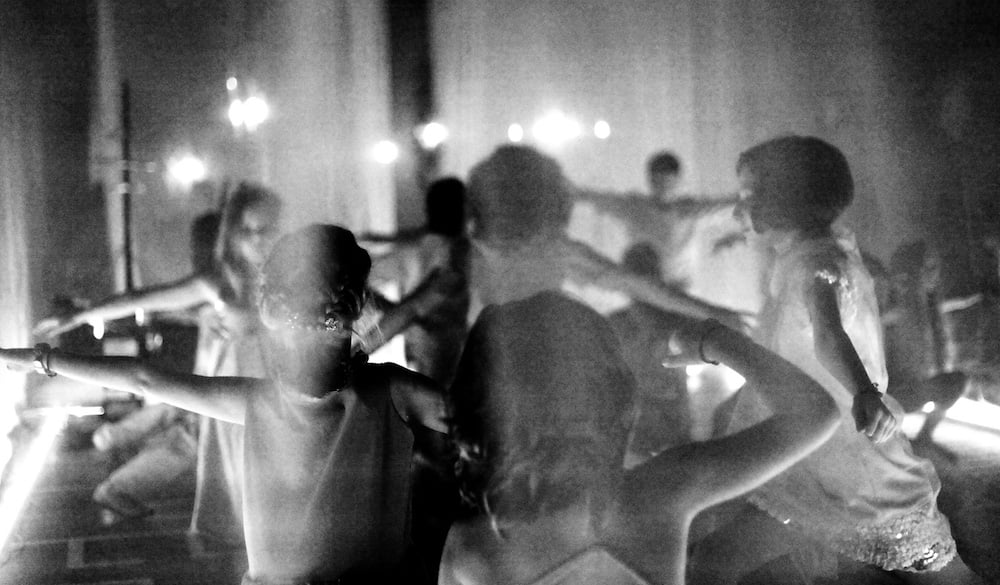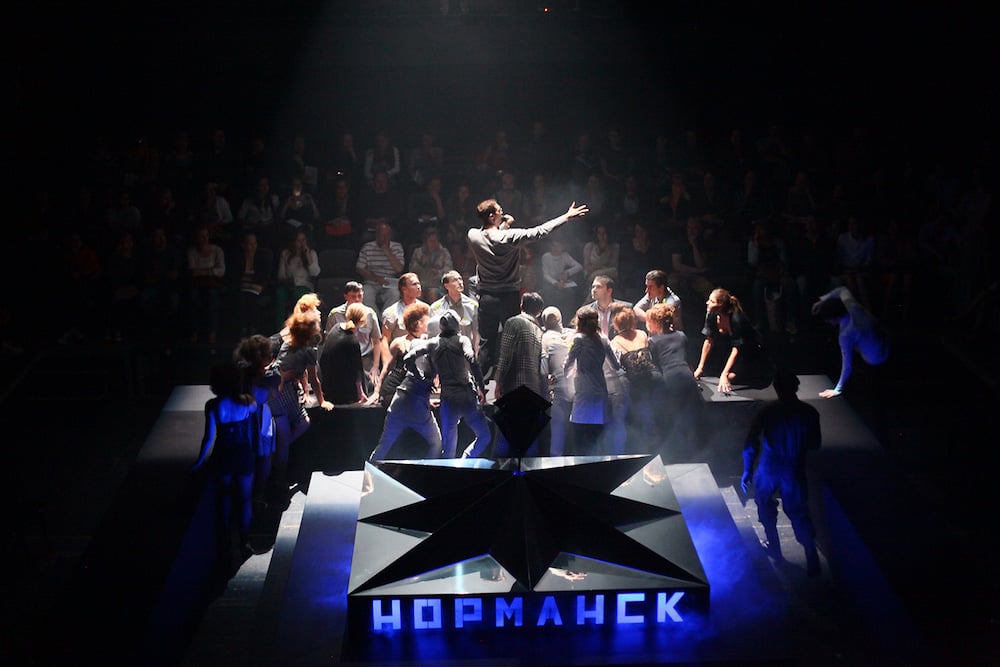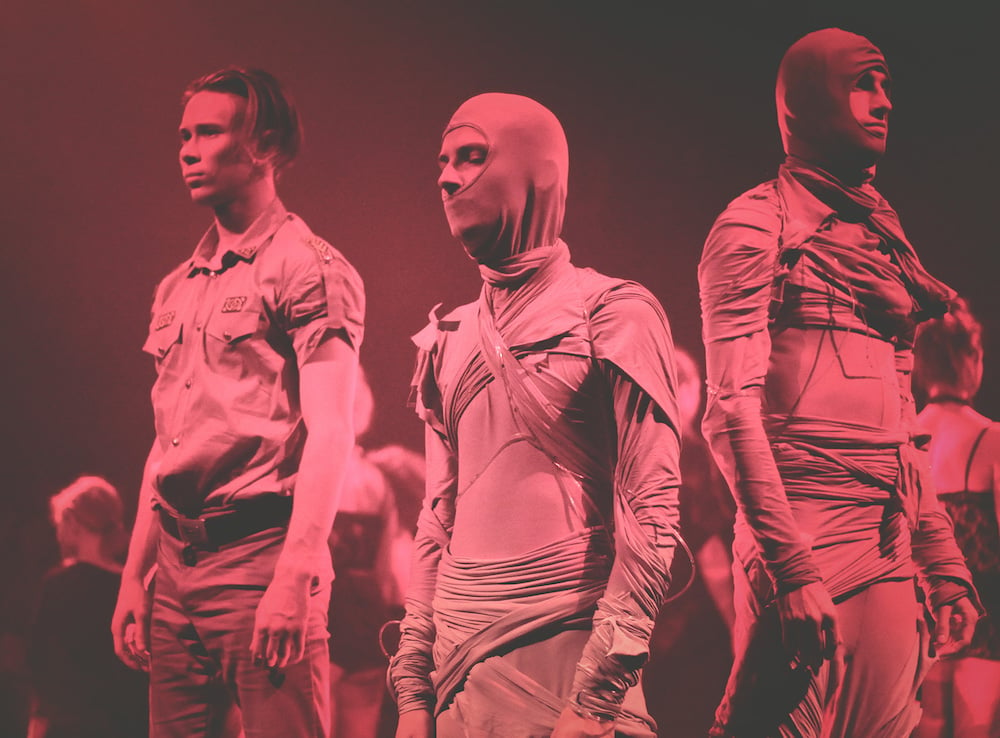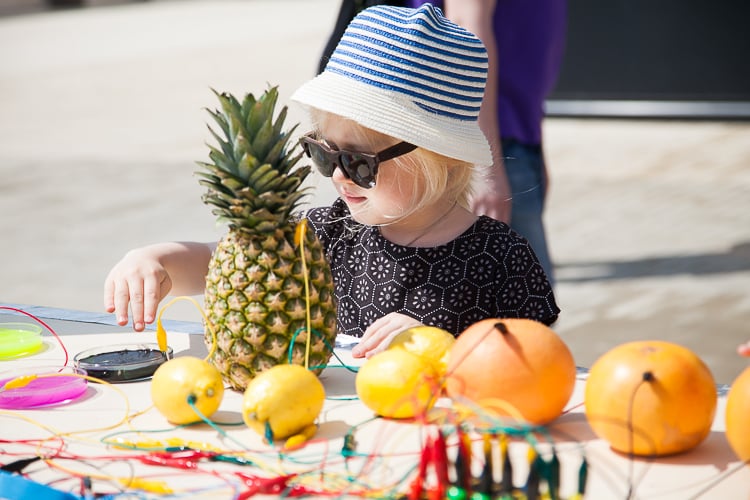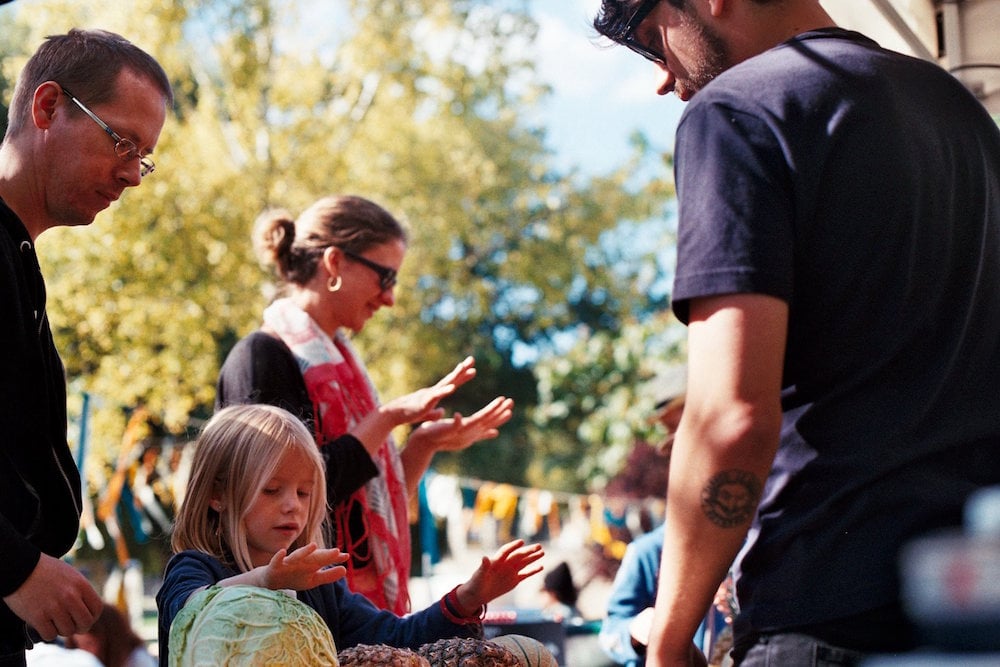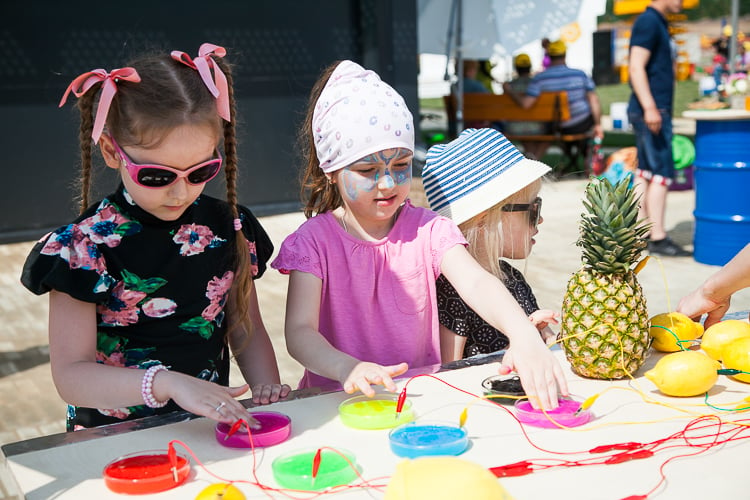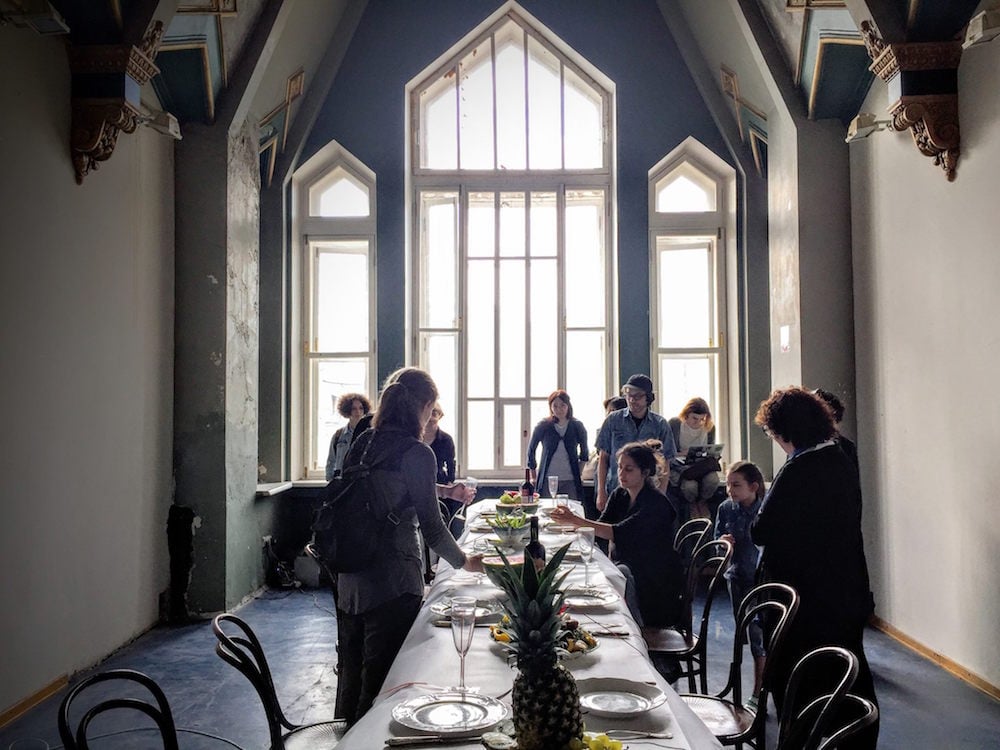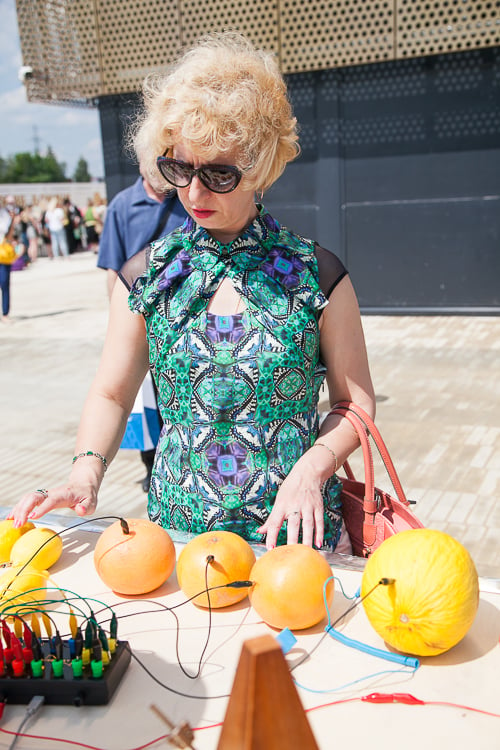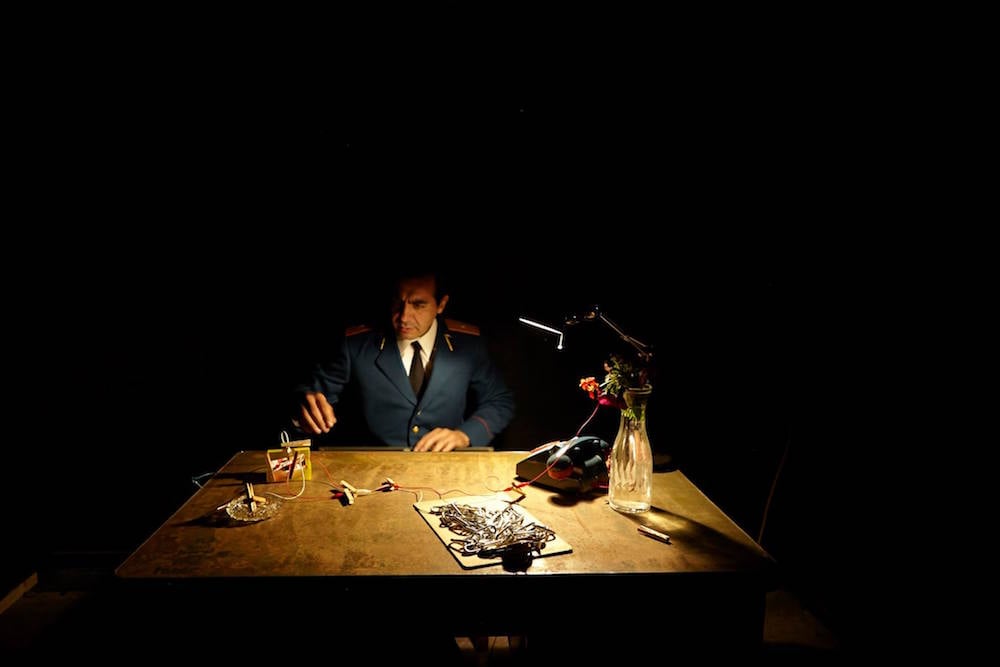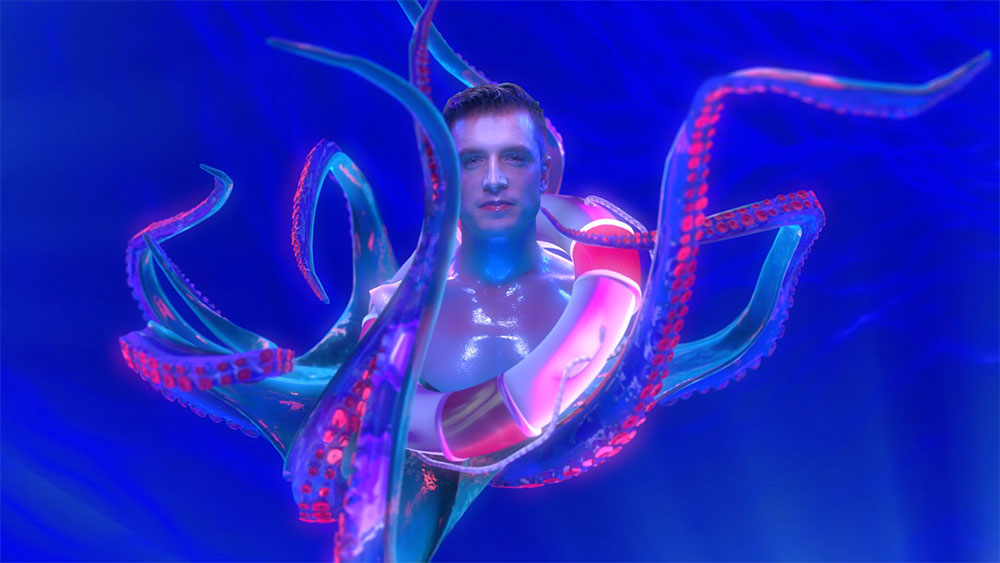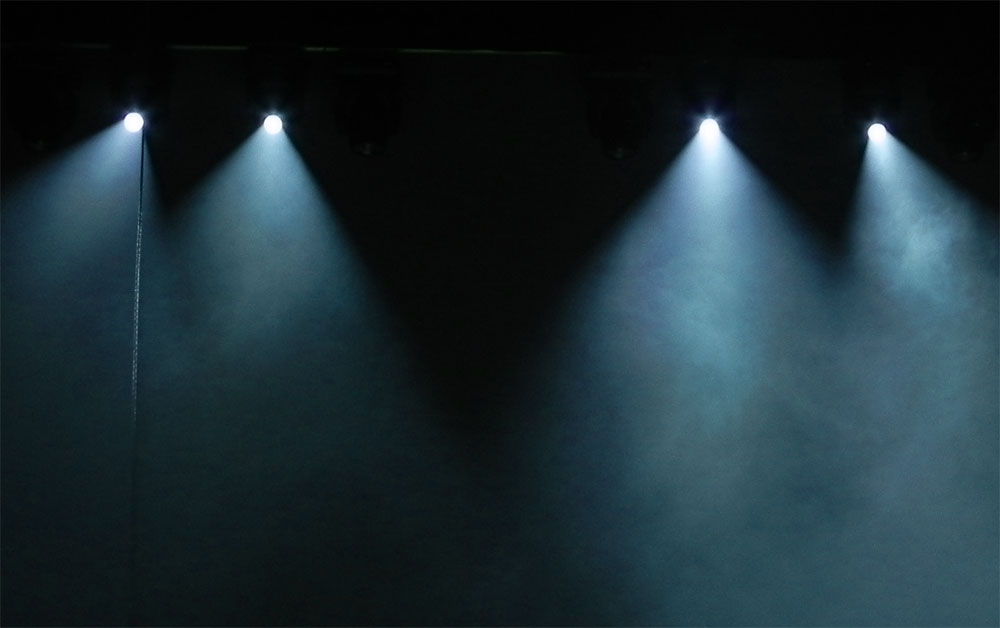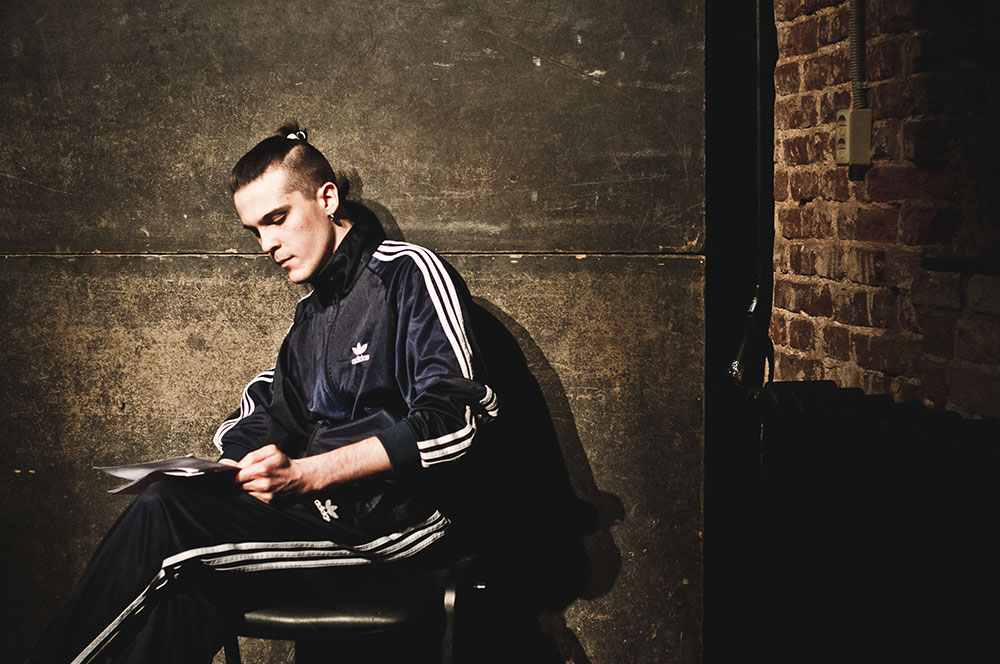Travelling circus: inside the Russian company taking immersive theatre to the next level
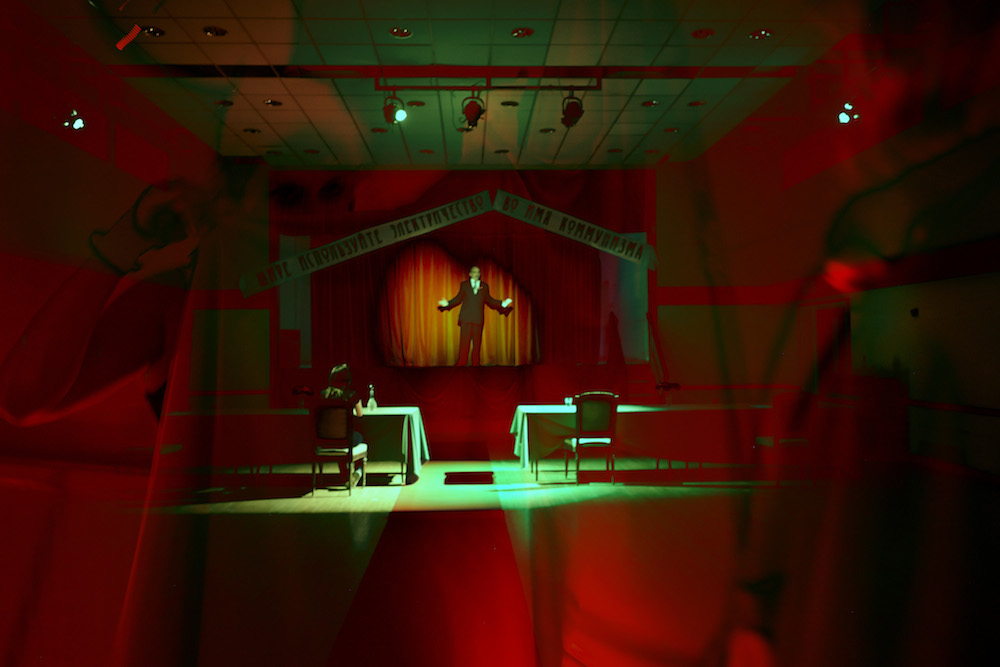
In their latest promenade production, Moscow-based theatre company Le Cirque de Charles la Tannes invite the spectator to step into the shoes of Russian scientist Léon Theremin. Miriam Gillinson experiences the invisible music, glugs of vodka and wheelchair rides that brought the experimental troupe to London
A flickering film shows Clara Rockmore – a renowned American musician – create haunting melodies, as she waves her hands above a small brown cabinet. Acute concentration is etched on Rockmore’s face, as she moves her hands up and down. It looks like she is extracting music out of thin air.
In reality, Rockmore’s hands are interfering with radio waves, which are zipping back and forth between two antennae, concealed within the brown box below. Rockmore is playing a theremin — one of the first ever electronic musical instruments and the invention of Russian scientist Leon Theremin. This is a man who, in the words of artistic director Sasha Pas, “dedicated his life to making things from thin air”. Theremin is the subject of Pas’s latest promenade show, Music From Nowhere, which blankets the reception of the Rose Lipman building in London in eerie projections of theremin performances — and then takes each spectator (this is a one-on-one adventure) on a roaming ride through Theremin’s life, both in Russia and the USA.
Music From Nowhere is the second London venture for Pas’s Moscow-based company, Le Cirque de Charles la Tannes, and the second collaboration between Le Cirque and boundary-pushing British theatre company RIFT. It is also the third in a series of shows titled Palace of Youth, which are — explains Pas — “about being an artist in a communist state, a country which is limiting your freedom”.
The first show in the Palace series was staged in Moscow and set in the 1990s, a time when Russians — particularly young Russians — were struggling to adjust to their new-found freedom. Pas intended to do more of the same in London but swiftly changed tack when he set eyes on Styx, a sprawling venue packed with peeling rooms and gloomy shadows. Pas’s show quickly became much darker — and drew inspiration from Nobel prize-winning writer Svetlana Alexievich, who wrote about life in the USSR. The audience’s movement was severely restricted throughout. Spectators were placed in wheelchairs, led about the space in blindfolds and even strapped to beds: “We tried to make [the spectators] feel as if they were in the Soviet Union, showing that they are literally inside something that they cannot control but can only experience.”
“We tried to make the spectators feel as if they were in the Soviet Union — inside something that they cannot control but can only experience”
This power-play between the audience and the actors is something that Pas and company have returned to again and again, since forming in 2010. It is a feature of many of the company’s early productions, including Mila, which blurred the divide between real-life and television and gradually sucked the spectator into the world of the TV. This teasing relationship with the audience was also a feature of the 2015 show, Normansk, which was staged in Moscow and based on the Strugatsky Brothers’ story Ugly Swans. Set in an anti-utopian future, Normansk envisioned a crumbling city populated by children and leper-intellectuals. The vast production included a cast of 70 (bandaged and broken) actors and was set over four floors, connected by winding corridors bathed in red light. The trailer on the company’s website is intense and unsettling, infused with manic dancing, mummified mental patients, a dazed looking audience and an awful lot of smoke.
This shaky sense of freedom — and rattled audience — has become a hallmark of Le Cirque’s work, particularly since the company began to specialise in promenade theatre four years ago. For Pas, promenade shows (in which the audience walks through the set and interacts with the actors) allow the company to interrogate the spectator’s relationship with the world in which they live: “When we did our first show, Normansk, it was about hierarchies and it was about the government and power controlling people. Changing the position of the audience was something we were just experimenting with at that stage – but we found it really helped to highlight the atmosphere, the feelings and tension.”
In Pas’s latest show, Music From Nowhere, the audience is never allowed to settle. It is as if some invisible thermin musician is “playing” the spectators from the wings, as we are whisked from one disruptive experience to the next. In one scene we become Lenin – and are treated to a theremin performance of exquisite beauty. In the next scene we are twirled about by a beautiful ballerina. Later we are thrust into a chair and spun around until the world will not stop moving; then we are blindfolded and forced down some stairs, or brusquely interrogated in a cold and shadowy room.
Pas is keen to explore double-reality, that half-way point between theatre and technology
One of the most disruptive elements in Music From Nowhere – and one that is likely to become a crucial component of Le Cirque’s future work – is the use of virtual reality glasses. Late in the show, glasses are placed on the spectator’s head – to reveal a huge field flickering before us. The ghost of Theremin takes us by the hand. Back in the “real” world, an actor guides us forward. The two realities begin to merge, until it is hard to tell which sensations are real and which are imaginary. Pas is keen to explore this double-reality – this half-way point between theatre and technology – in future productions: “We want to research how these glasses can be applied in the theatre. In itself, this technology – these virtual reality glasses – are absolute, but what happens if we move the spectator? What if we are holding hands? We are trying to figure out how we can still be in the present, but at the same point in the virtual world of the video.”
There is a naive curiosity about Pas — a genuine desire to explore and invent and ask questions — that feels almost childlike. Pas channels these youthful impulses in Le Cirque’s side venture, Playtronica. Essentially a series of activity workshops, Playtronica shows children how to make their own DIY instruments, which they then use to make electronic music. Nodes and wires are threaded between various vegetables — broccoli, leaks and carrots — which, when touched, create music.
There are echoes of Playtronica – which Pas calls a “musical playground for kids” – in Music From Nowhere. The spectator is led into a small room, where a stressed-looking scientist is trying to create music from a jumble of wires and vegetables. It looks like a hopeless task. The female scientist steps forward and places the spectator’s hand on a worn-out potato. Our hands glide between the vegetables and – suddenly and miraculously – strange sounds emerge. The woman hands us a glass full of clear liquid. It looks like water. But looks can be deceiving — particularly in a show designed to keep its audience on edge. We down the “water”. It is vodka. Lots of vodka. We stumble out, disorientated and dazed — and just a little bit drunk on this dizzying theatrical experience.
Music from Nowhere is currently in research and development and will premiere in Moscow, London and Edinburgh in summer 2017.
